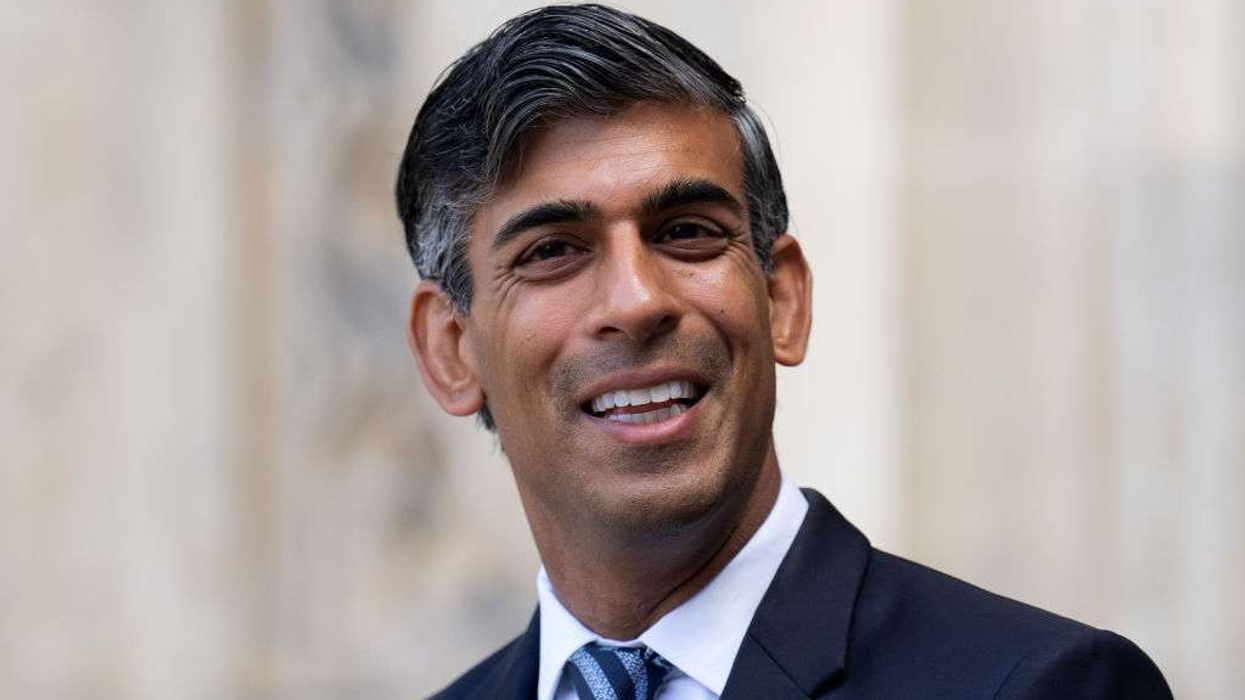by LAUREN CODLING
INDIAN-POP pioneer Sheila Chandra has revealed how illness prompted her to channel her creativity into a self-help book, which she hopes will inspire new artists in the industry.
Music fans will recognise Chandra from her days in Indian pop band Monsoon, who had a top 10 hit in 1982 with their single Ever So Lonely. Thereafter, she carved out a successful solo music career, performed around the world at a number of music festivals and brought out a series of records throughout the 1980s and 90s.
She was praised for bringing an Asian fusion sound into mainstream western music, which arguably set up the stage for the development of world music as a genre. However, life has not always been so kind to the British Indian star.
In 2009, Chandra developed a rare chronic condition called burning mouth syndrome. It causes a scalding or tingling feeling in the mouth and the sensation can last for weeks or months on end.
The impact it has on Chandra’s everyday life is relentless – the pain never entirely goes away. If she talks, it gets progressively worse. Chandra is silent most of the time and has to ration social time, so that she is able to live more comfortably. To conduct this interview, Chandra had to communicate with Eastern Eye over email so it would not exacerbate the condition.
“Laughing and crying also cause me pain,” she explained. “I communicate as much by typing as I possibly can – even in person with an additional screen for the ‘listener’ sometimes.”
As she had already suffered with scarring on her vocal chords due to a botched intubation during surgery, it became impossible for the artist to continue working due to the immense amount of pain she was in.
Chandra, now 54, was eventually forced to retire from singing. Undeterred, she looked to channel her creativity in a different way and turned her hand to writing. She has since released a number of popular self-help books – including her latest Organizing Your Creative Career: How to Channel Your Creativity into Career Success which acts as a guidebook for those who wish to take the creative career path.
“At first, I thought it would be unlikely that I’d have two creative talents – but I’d been keeping a journal for over 15 years, and I found writing to be a natural outlet,” she said. “They say it takes 10,000 hours of practise to master something, and I’d done a good proportion of those hours when I came to think about writing professionally.
“It became my new ‘voice’ and I found I enjoyed the whole process enormously. I suspect though, that’s in part because I tend only to write on subjects I’m truly passionate about.”
Her most recent book began as a guide for her long-time friend Stik, now an internationally renowned street artist. Chandra initially met him in 2008, when he was homeless and pursuing a career in art.
A friendship grew between the two, with Chandra acting as a mentor for the aspiring graffiti artist. However, as the pair lived hundreds of miles apart (Stik in London and Chandra in Somerset), it meant they weren’t able to see each often.
“So, I wrote everything I thought he should know in a book, especially for him,” she explained. “Stik went on to become one of the most collectible and famous street artists in the world. And he nagged me to expand on what I’d written and get it published so that it
would help other artists.”
Having worked in the entertainment industry since she was a teenager, Chandra arguably has the relevant credentials to mentor others. Portraying schoolgirl Sudhamani Patel in the BBC school drama Grange Hill in 1979, Chandra briefly experienced life as a child star – although she confessed it was “relatively protected”.
“In those days, you had to have chaperones with you at all times, you couldn’t work past 7pm in the evening without a special licence,” she recalled. “So, I’m not sure it was really a taste of the entertainment industry in the fullest sense at that point.”
Soon after she left acting, Chandra delved into singing. At 17, she became known for her work with Monsoon and went onto carve out a career in music. With an extensive discography behind her – even singing a track on the Lord of the Rings film soundtrack in 2002 – she has performed to thousands of fans around the world.
A special memory for her was joining singer Peter Gabriel on stage during the WOMAD festival in the USA in 1993. During a concert in San Francisco, there was around 100,000 people in the audience. “It wasn’t my gig, so I didn’t have to be nervous – I could just enjoy it,” she joked.
On the guidance she received as a young artist starting out, Chandra said she was lucky as she worked alongside experienced, older musicians and producers who could give her an insight into the industry which she may not have had otherwise.
“They could explain a lot to me about how things work in the music business, as well as the recording and writing processes,” she recalled. “Some of that advice has stood me in great stead in the last 35 years – especially as a songwriter and when managing my own creativity in a world which discourages true creativity.”
However, she revealed she would have appreciated advice from other singers. Having specific advice and reassurance relating to stage craft would have been beneficial to the star, she said.
“All the musicians I did consult couldn’t articulate how it worked – which was a pity,” she admitted. Part of her motivation for writing her second book, Organizing for Creative People, was knowing that not everyone has access to contacts or mentors in the right field when they start out, she said.
Her own path into mentoring began during the noughties, when local acts began to approach her for advice.
“I could see how useful it was when people followed the advice I was able to give them,” she said. “Mentoring Stik after that was quite natural.”
Over time, Chandra began to realise there was a need for coaching within the industry for those starting out. But, for many, the guidance was not easy to find. “(Being) someone like that who is willing to share what they know is pretty rare,” she said. “Most artists are too busy building their own careers. It’s only because I lost my voice that I became willing to mentor on any kind of scale – so at least my loss is another’s gain.”
Organising Your Creative Career: How to Channel Your Creativity into Career Success is out on January 14





 The Gruffalo and friends appear in BBC One’s new festive idents Instagram Screengrab/bbcpressoffice
The Gruffalo and friends appear in BBC One’s new festive idents Instagram Screengrab/bbcpressoffice  The Gruffalo and friends appear in BBC One\u2019s new festive idents Instagram Screengrab/bbcpressoffice
The Gruffalo and friends appear in BBC One\u2019s new festive idents Instagram Screengrab/bbcpressoffice  Viewers stunned as Gruffalo and friends appear in unexpected BBC Christmas identsInstagram Screengrab/bbcpressoffice
Viewers stunned as Gruffalo and friends appear in unexpected BBC Christmas identsInstagram Screengrab/bbcpressoffice






